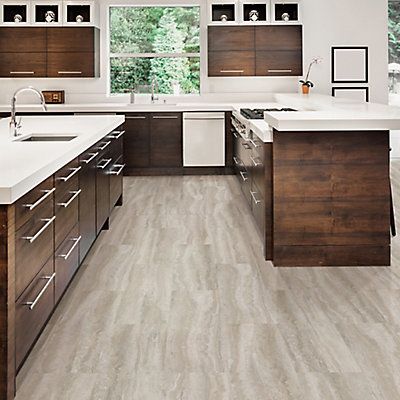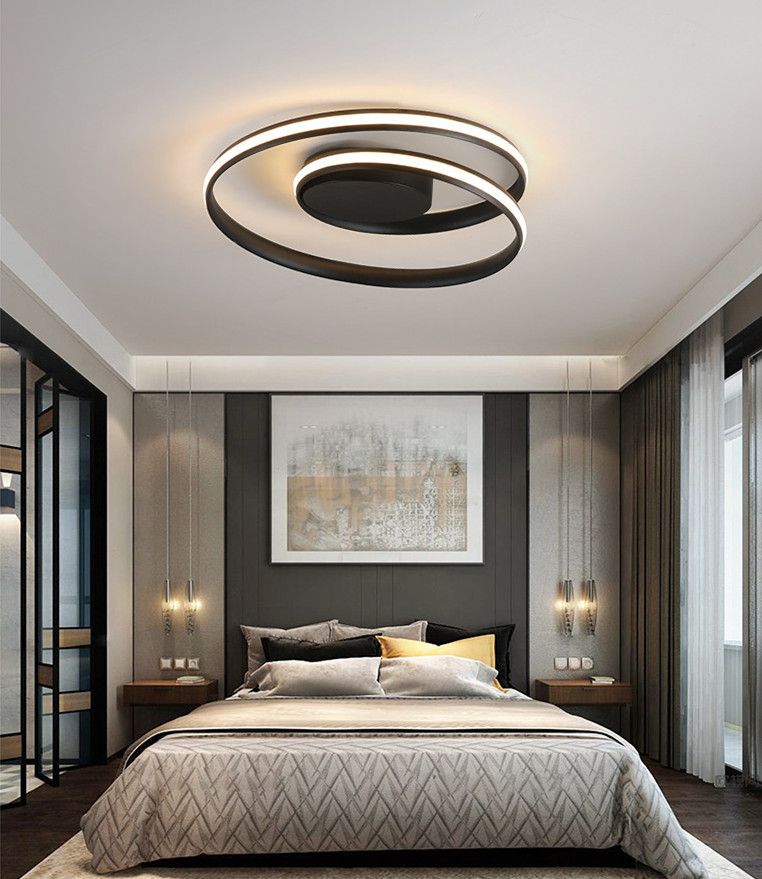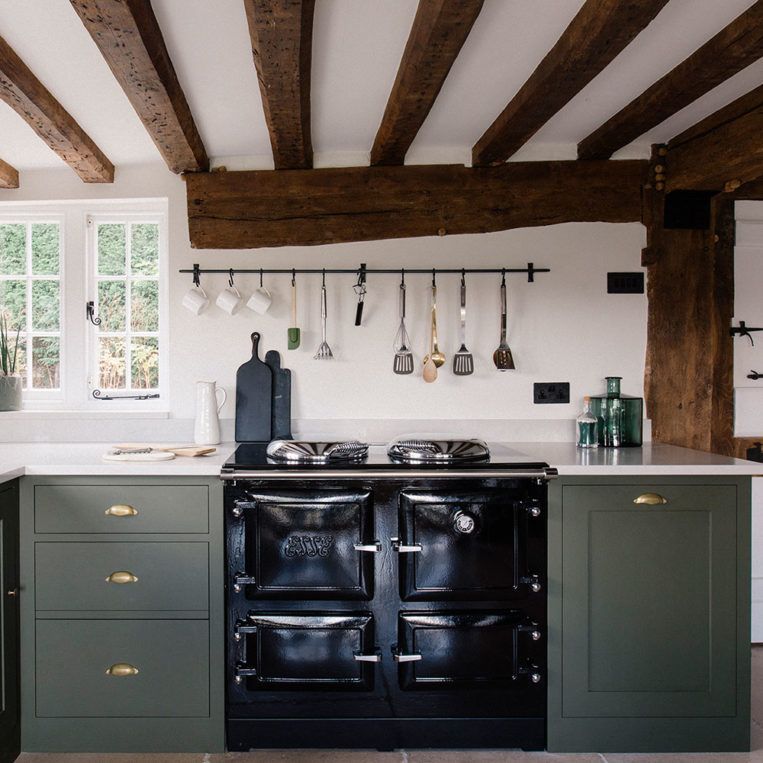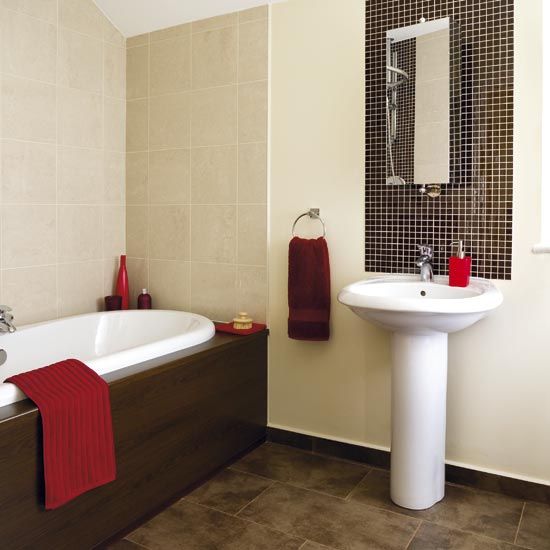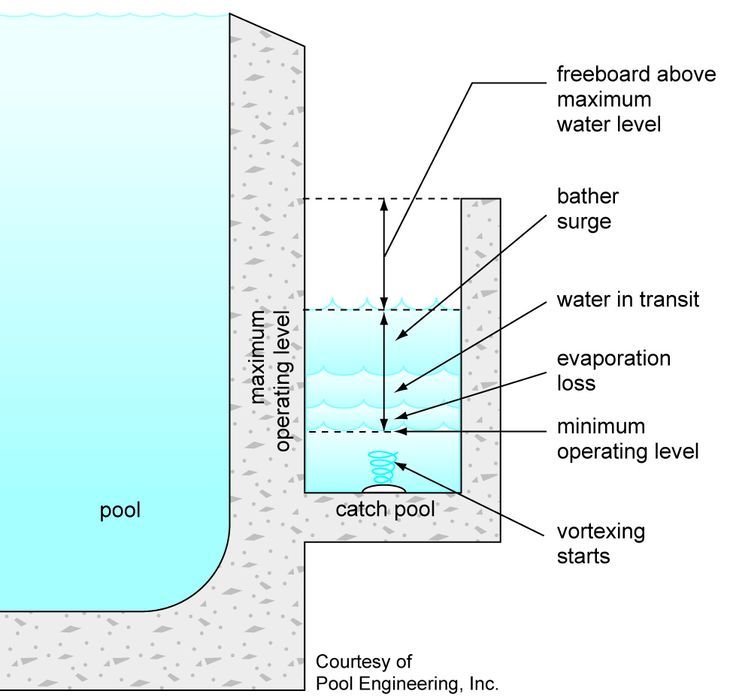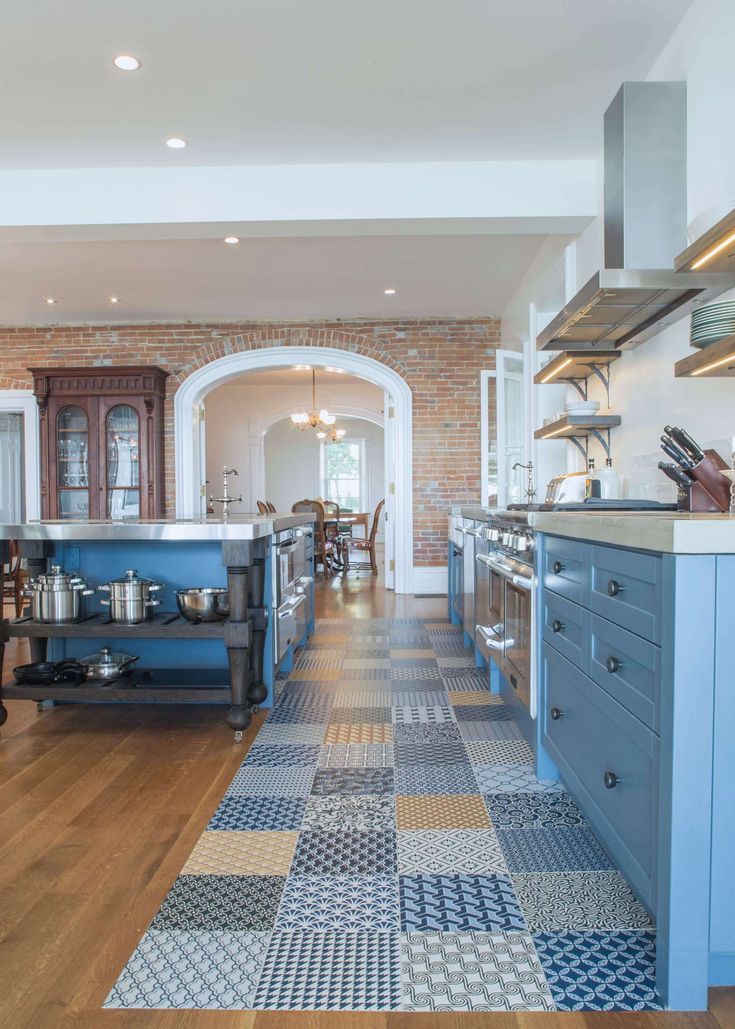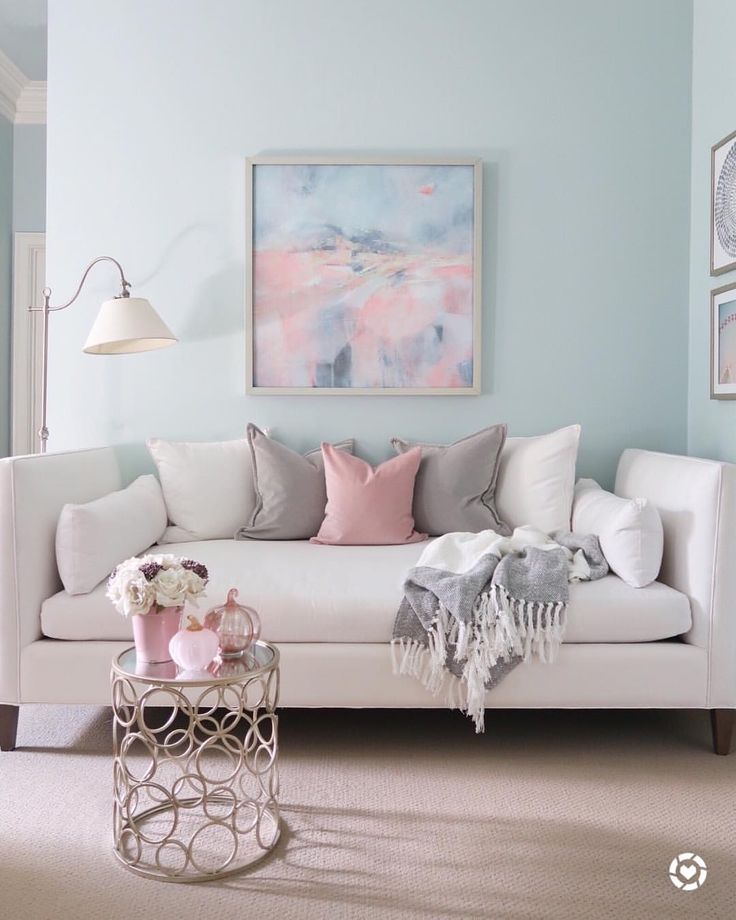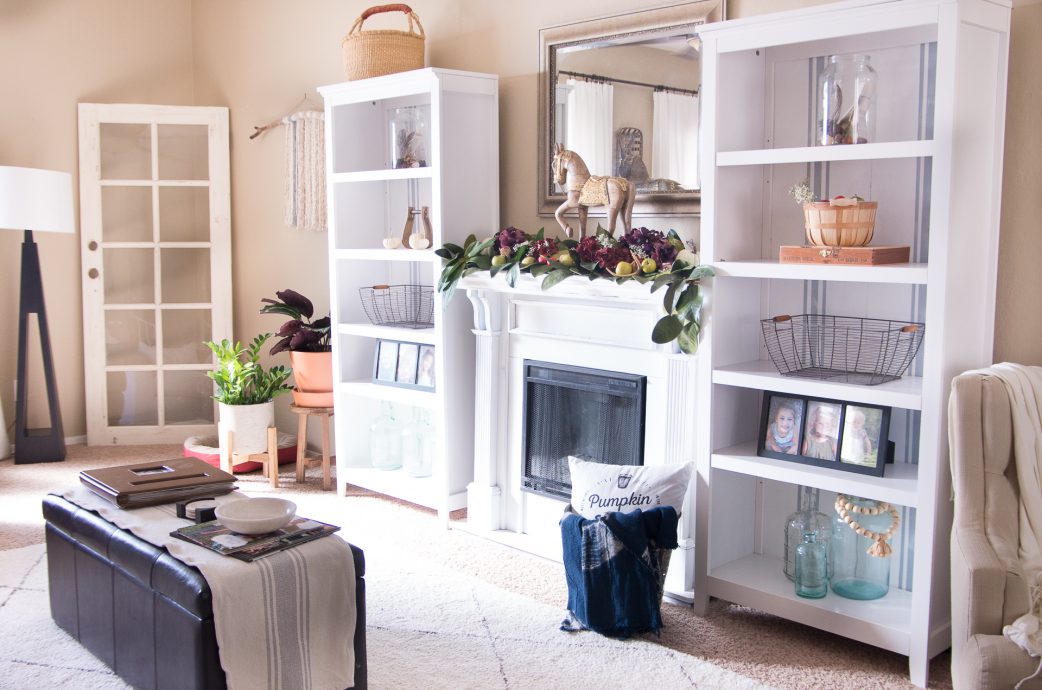Vinyl for kitchens
Vinyl Kitchen Flooring (Ideas & Options)
Are Vinyl Floors the Best Kitchen Flooring Option?
Vinyl is one of the most popular kitchen flooring options and a top choice for most homeowners. Water-resistant or Waterproof vinyl flooring is perfect for the kitchen which is prone to spills and moisture. Its durability is valuable in the high traffic kitchen environment and being easy to clean makes kitchen flooring maintenance a breeze.
February 22, 2023, by: Jamie Sandford
This page is about the best vinyl kitchen flooring for your home – and why vinyl is a material worth considering.
The four main types of vinyl flooring for kitchens are discussed – what they are and how much they cost. Information on waterproof options, today’s top vinyl flooring brands and things to think about when choosing vinyl for the kitchen are included.
Kitchen vinyl flooring comes in four main types. From cheap to premium, they are peel and stick ($), sheet vinyl ($-$$), LVP or luxury vinyl plank ($$-$$$) and EVP or engineered vinyl plank ($$$-$$$$).
Why vinyl for the kitchen? Let’s count the ways. It is water resistant or waterproof depending on the type, so it stands up to splashes and spills. The best stuff is tough enough to handle a high volume of traffic. And you have attractive options to fit your budget level.
Attractive? If your vision of vinyl is the plasticky stuff your grandmother had in her kitchen, take another look. Today’s vinyl mimics better than ever the appearance of genuine wood, stone and tile. The best LVP and EVP are hard to distinguish from the real thing.
PROS AND CONS OF KITCHEN VINYLHere’s a quick take on the advantages and disadvantages of installing vinyl flooring in the kitchen instead of other popular options like engineered hardwood and tile.
Pros
- Flooring for every budget
- Water-resistant, waterproof flooring
- Great range of styles
- Choices for durability from 7-20+ years
- LVP/EVP looks almost exactly like real wood or tile
- Costs less than hardwood, ceramic or stone tile
- Easy DIY or pro installation
- Low-maintenance flooring
- Suitable choices for in-floor heating
- Warmer to touch than tile
- Slip-resistant
Cons
- Low resale value compared to hardwood and tile
- The least expensive options look cheap and have poor durability
- Must choose FloorScore flooring to avoid VOCs
- Peel and stick and cheap sheet vinyl shows furniture marks
- Not environmentally friendly (oil-based)
Here’s a table showing four types of vinyl flooring for the kitchen and how much they cost.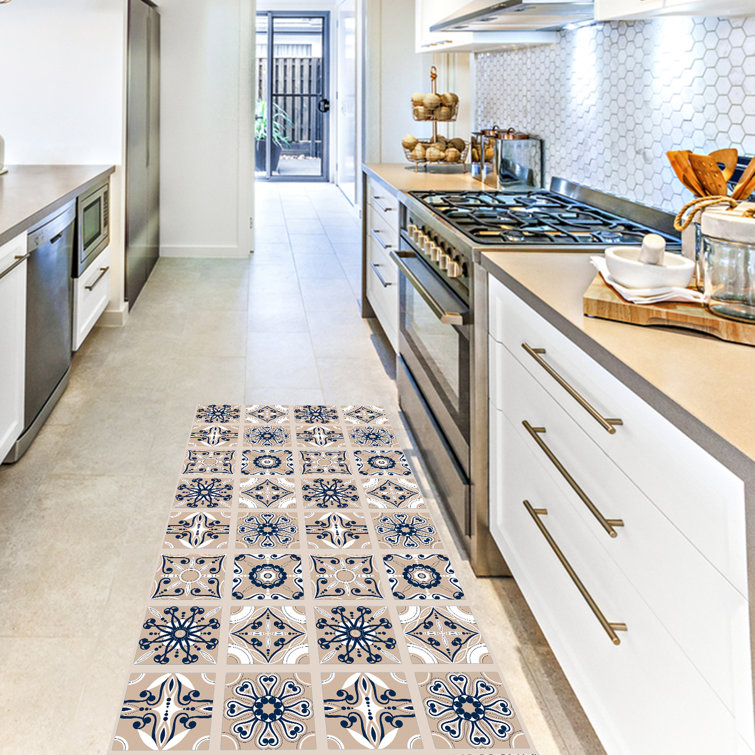
Full details on the materials, cost factors, installation requirements and labor cost are below the table.
| Type | Cost Range/sq. ft. | Average/sq. ft. |
| Peel and Stick | $0.40 – $2.25 | $1.25 |
| Sheet Vinyl | $0.65 – $5.00 | $1.90 |
| LVP | $1.50 – $7.00 | $3.35 |
| EVP | $3.90 – $9.50 | $5.50 |
This section on vinyl flooring for kitchen installation will assist in choosing one that fits your preferences for cost, durability and features.
PEEL AND STICK VINYL FLOORING: Improved yet budget-friendly for Smaller, Low-traffic KitchensSome readers are snickering because we included peel and stick vinyl flooring in a respectable post – and we understand. The perception of this material is terrible – but while this is still affordable kitchen flooring, it has been improved in quality and appearance.
The perception of this material is terrible – but while this is still affordable kitchen flooring, it has been improved in quality and appearance.
What it is: AKA peel & stick and peel-n-stick vinyl flooring, it is now more like sheet vinyl but cut into planks or tiles with an adhesive backing. This vinyl flooring is worth considering if you’re on a budget and/or want to install it yourself. Home Depot offers a good tip: Buy all flooring for the project from the same lot or run of flooring to ensure consistent color shade. The lot/run should be stamped on each box of tiles.
Installation: The adhesive isn’t super-sticky, it’s really just grippy enough to hold it firmly in place against a clean subfloor, preferably plywood, though it works on a concrete slab too. You can also install it over sheet vinyl in good condition – but beware that imperfections will show through, something called “telegraphing.”
Cost: $0.40 (40 cents) to $2.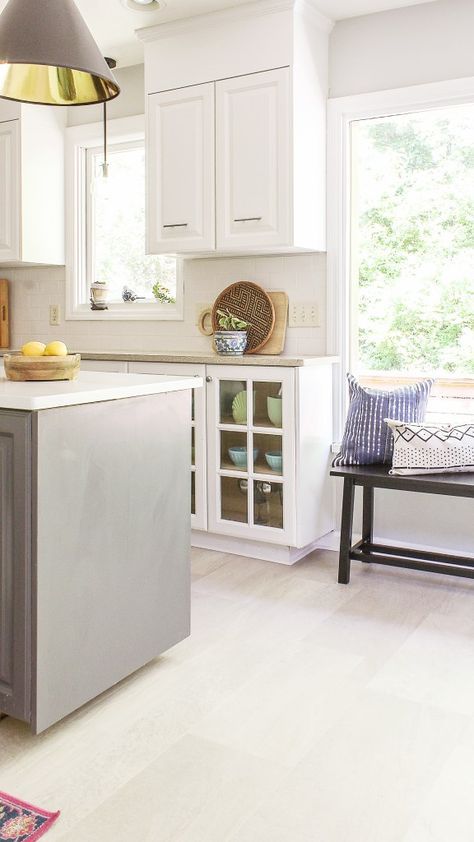 25 per square foot. The average cost is about $1.00 to $1.50.
25 per square foot. The average cost is about $1.00 to $1.50.
Best Use: We like peel and stick for smaller kitchens, like a galley kitchen that isn’t the main “hangout” in the house. It’s a suitable flooring for a quick, DIY makeover that serves the purpose for 5-10 years. If the kitchen gets a lot of traffic, choose another vinyl flooring type.
SHEET VINYL: Popular for Budget and Midrange Remodeling ProjectsThis tried-and-proven flooring has been upgraded in construction and appearance over the last decade.
What it is: It comes in felt-backed, full glue sheet flooring, vinyl-backed perimeter-glue options and fiberglass-backed loose lay sheet vinyl.
Sheet vinyl now features multiple layers in the core for beefier strength and full waterproof performance.
The core is topped with a digitally produced photograph of genuine wood, stone or ceramic tile – yes, an exact image of the real thing.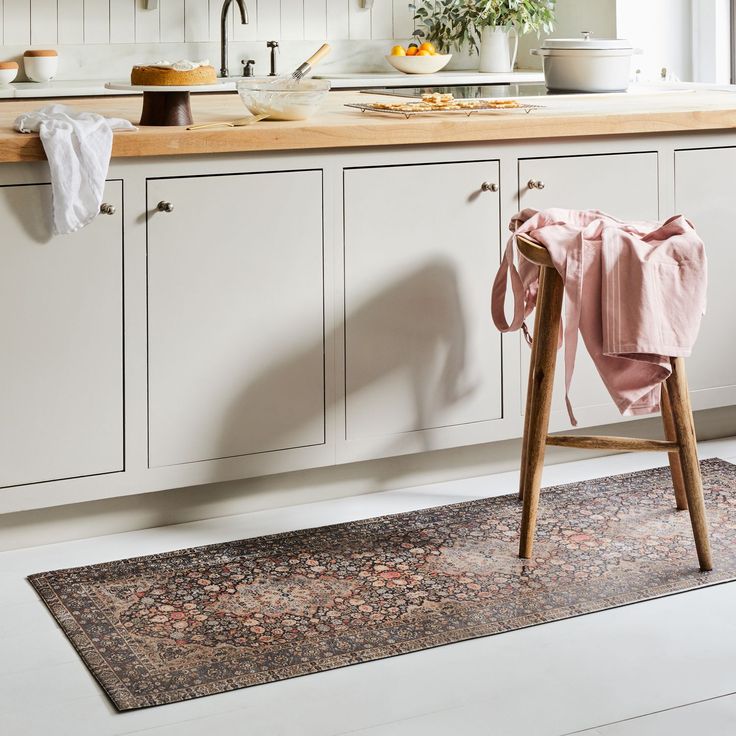 A durable wear layer covers the flooring. It is resistant to scratches and yellowing to make sheet vinyl longer lasting than ever.
A durable wear layer covers the flooring. It is resistant to scratches and yellowing to make sheet vinyl longer lasting than ever.
Installation: Pro installation is a good idea, especially if the floor layout is complex. We suggest this because one false cut can ruin a large sheet of material. If you want to tackle the job yourself take a look at how to install vinyl sheet flooring. The best material is now loose-lay vinyl that doesn’t require gluing anywhere, and you’ll still find material that requires perimeter or full gluing.
Cost: Less than $1.00 to about $5.00 per square foot with an average close to $2.00.
Best use: It’s an excellent choice in most kitchens, and it won’t harm resale unless your home is decidedly upscale – and then you are better off choosing LVP or EVP.
LUXURY VINYL PLANK/TILE, aka LVP/LVT: A Great Choice When Appearance and Performance Matter
This is today’s best-selling plank vinyl flooring, and most of it is waterproof. The rest offers excellent water resistance.
The rest offers excellent water resistance.
What it is: This material is produced in two basic types. Standard vinyl planks have no core or a foam core. Rigid core vinyl has a waterproof core, either stone polymer composite (SPC) or wood polymer composite (WPC). Wear layers of 12 to 20 mils are common, though some premium plank vinyl has a thicker wear layer.
Installation: Plank vinyl flooring is a DIY-friendly material. It cuts easily, and most fits together with locking edges or is loose lay flooring – the planks have a fiberglass mat back that “hug” the floor and requires no adhesive.
Cost: Cheap vinyl plank flooring starts at about $1.50 per square foot and ranges to $7.00 or more for a few super-premium options. Most homeowners pay an average $2.75 to $4.00 per square foot for the material.
Best use: It is an ideal choice for any kitchen except those in which hardwood or premium ceramic and stone tile are the only materials consistent with the value of the home.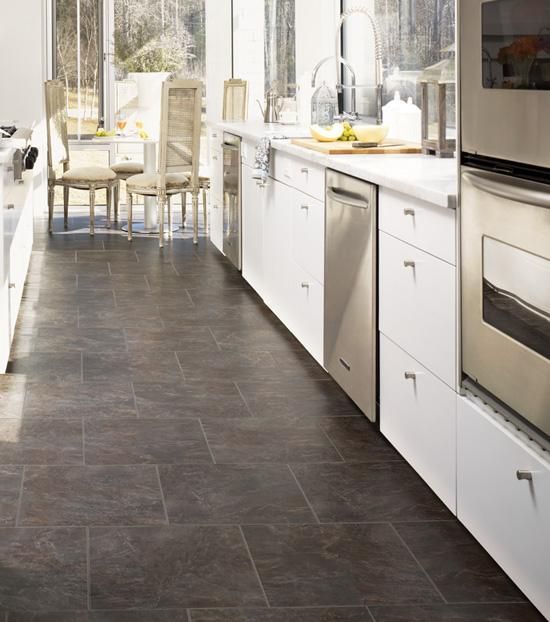
EVP flooring is a newer designation for some rigid core plank vinyl flooring, both WPC and SPC types. Both offer waterproof performance – though you shouldn’t expect them to survive undamaged if your kitchen floods and the water remains on it for days. But go ahead and wet-mop the floor, and a glass of spilled water or even a tipped bucket won’t cause a problem.
What it is: EVP is premium SPC or WPC rigid core vinyl plank flooring that offers good dimensional stability. Above the core, the design layer features a photo-realistic image of whatever the floor is designed to look like – wood, stone or tile.
The image is covered with clear vinyl and a scratch-resistant wear layer. Most EVP has attached pad for sound-dampening and a softer feel under foot.
Installation: Like standard vinyl planks, engineered vinyl plank flooring comes in click-together and loose-lay options.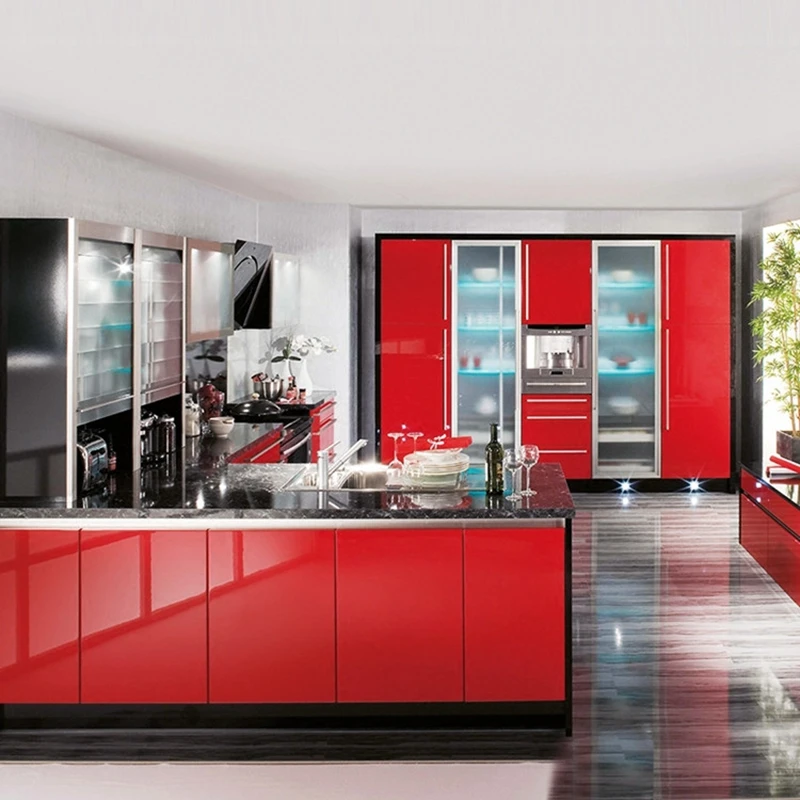
Cost: About $4 to $10 per square foot with an average around $5 or $6. Keep in mind that these prices are comparable to engineered hardwood, which is another very good kitchen flooring choice.
Best use: If vinyl is consistent with homes in your area, then this is your premium choice in kitchen vinyl flooring.
HOW MUCH DOES INSTALLATION COSTWell, for starters, peel and stick is almost always DIY.
Sheet vinyl installation costs $1.50 to $2.50 per square foot based on the complexity of the work.
The average cost to install vinyl plank flooring is $2.00 to $4.50, again based on how much trimming and working around obstacles is required in your kitchen. Most homeowners pay between $2.00 and $3.50 per square foot.
HOW TO FIND THE BEST VINYL FLOORING FOR YOUR KITCHENHere are a few tips that will help you make an informed buying decision you’ll be happy with for years to come.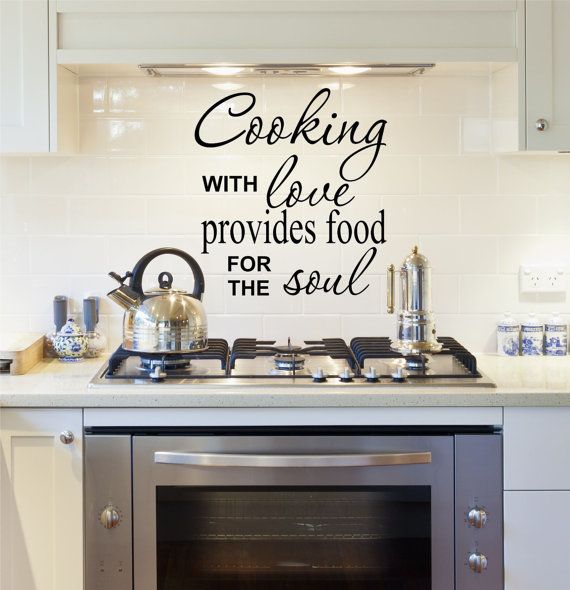
- Keep up with the neighborhood: You’ll protect your home’s value by choosing kitchen flooring consistent with what is commonly used where you live. Don’t know what fits your street? Ask a realtor – they’ve been through hundreds of homes near you and can advise you.
- Understand wear layer and durability: There are two factors to consider. The first is the thickness of the wear layer. Cheap vinyl has a thin wear layer in the 4 to 8 mils range – a mil is 1/1000th of an inch. If you want the floor to look good for a decade-plus, then choose material with a wear layer of at least 10 or 12 mils especially in a high traffic kitchen; 16-20 or more is better. Secondly, consider what’s in the wear layer. Is it urethane? That’s good, but if it’s treated for enhanced resistance to scratches and stains, that’s a more durable choice.
- Make it healthy: We’re all concerned with indoor air quality (IAQ), and your kitchen flooring material matters.
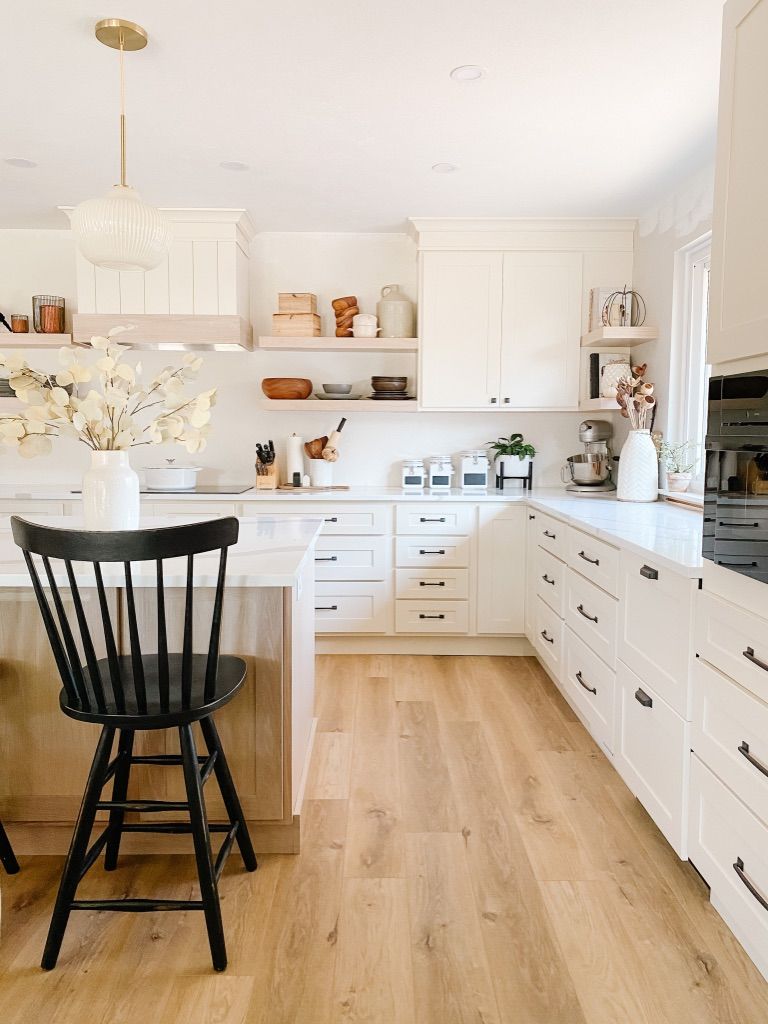 Regardless of which specific material you select, look for brands with a FloorScore or GreenGuard rating for zero or low levels of VOC toxins.
Regardless of which specific material you select, look for brands with a FloorScore or GreenGuard rating for zero or low levels of VOC toxins. - Protect your investment with care and maintenance: Put pads on chair legs and furniture legs. Lift and move rather than drag heavy objects. Keep your pet’s nails trimmed. Reduce running and rowdy play for kids and adults alike.
A shoes-off policy always helps. Pick up dust and dirt regularly, so it won’t act like an abrasive under your feet – and do the job with a brushless vacuum. Oh, and clean up spills, especially those that might stain, pretty quickly. Quality kitchen vinyl doesn’t need to be pampered, but a little TLC will go a long way toward keeping it looking its best.
What about vinyl flooring in other rooms of your home?
Vinyl Flooring for Bathrooms
Vinyl Flooring for Basements
BEST VINYL FLOORING BRANDS FOR THE KITCHENFrom cheap to premium, brands seek to fill one or more cost/quality niches with flooring that will catch your attention.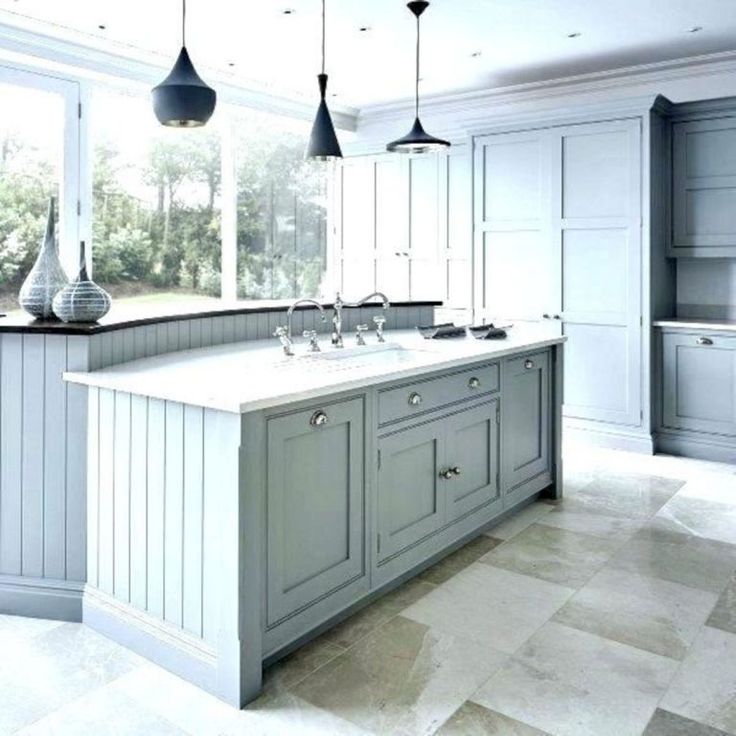
If your budget maxes out at $1.00 or $2.00 per square foot, then consider peel and stick or sheet vinyl. We’d steer clear of the cheapest plank vinyl because it wears quickly and the click-lock joints are weak.
Brands to consider are TrafficMaster at Home Depot, store brands at Lowes and Menards, and the more affordable vinyl options from well-known brands like Shaw, Congoleum, Home Decorators and Armstrong.
MID-PRICED OPTIONS:You’ve got more choice in the $2.50 to $4.50 per square foot range than either cheaper or pricier tiers. Literally every major manufacturer makes vinyl flooring for kitchens in this range.
You’ll find premium sheet vinyl and good-quality WPC and SPC rigid core flooring from Shaw, Mannington, CoreTec, Tarkett, Mohawk, Armstrong, NuCore, SmartCore, StainMaster, Karndean – and more.
PREMIUM VINYL FLOORING FOR KITCHENS:The best vinyl flooring for kitchens includes a few top of the line sheet vinyl choices, but most of it is rigid core WPC and SPC choices – that is, engineered vinyl plank or EVP.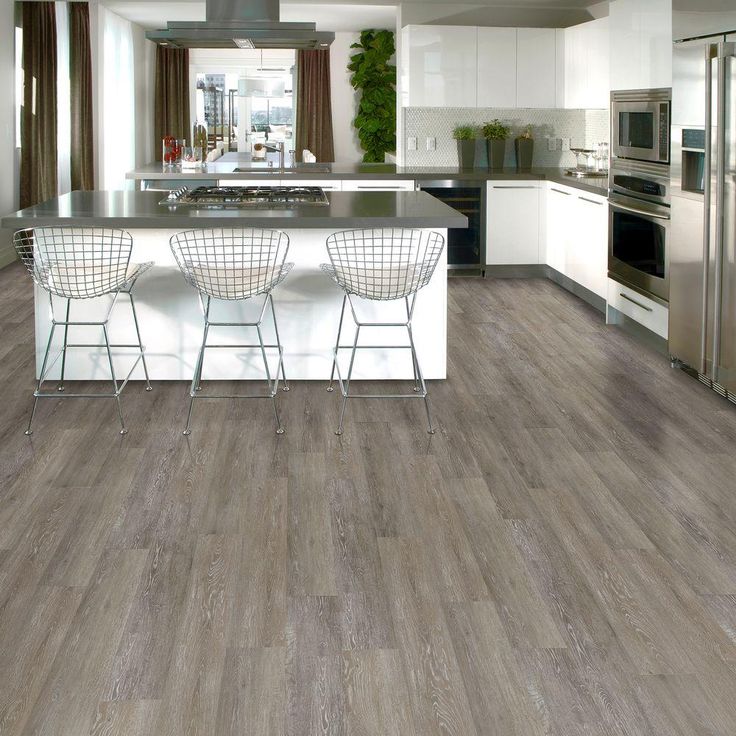
Brands? Our EVP report recommends COREtec for selection, Mohawk SolidTech for easy DIY, Karndean Korlok for photo-realistic appearance. Pergo Extreme (yes, Pergo now makes LVP) is also worth considering.
FINAL THOUGHTS FROM HOME FLOORING PROS- Today’s vinyl flooring is better than ever at every level – peel and stick to sheet to LVP/EVP. In other words, don’t automatically overlook kitchen vinyl flooring you’ve long considered cheap. Pleasant surprises might await.
- It’s also true that you get what you pay for – better appearance and durability, less susceptibility to dents and scratches, plus waterproof protection, comes at a higher cost.
- WPC is softer underfoot and thicker than SPC flooring – FWIW.
- There’s no shame in sheet vinyl! Today’s options look great, are 100% waterproof and hold up better than earlier generations of this flooring.
- If you plan radiant floor heating, check with the manufacturer to be sure its flooring is rated for it
- Healthy flooring with a FloorScore certification or GreenGuard rating is easy to find, especially in better sheet vinyl and vinyl plank flooring.
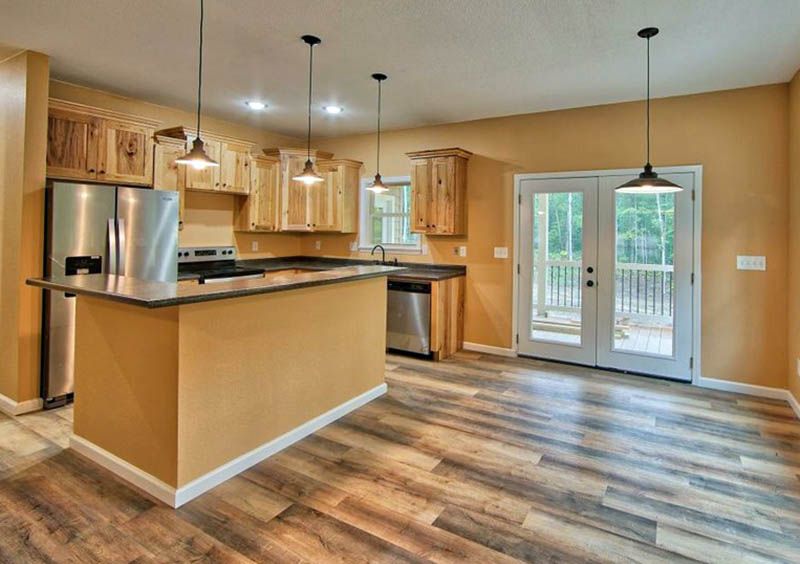
- Interested in green, sustainable flooring? Then you’re better off choosing engineered hardwood or bamboo for the kitchen.
- Wear layer is essential to durability, always opt for kitchen vinyl with the thickest wear layer you can afford.
More Kitchen Flooring Reports:
Epoxy Kitchen Flooring
Jamie Sandford
Jamie Sandford is the Owner and Chief Editor of Home Flooring Pros (find out more). After 12 years’ experience in screen and stage set construction, followed by a further 15 years working in the home renovation/remodeling business, he now writes and curates online home improvement advice.
“Buying and installing home flooring should be a fairly straightforward process, but often it isn’t. After more than 15 years experience in home flooring and remodeling, I started Home Flooring Pros in 2013 to help homeowners navigate the often-over complicated process of choosing, buying and installing a home floor.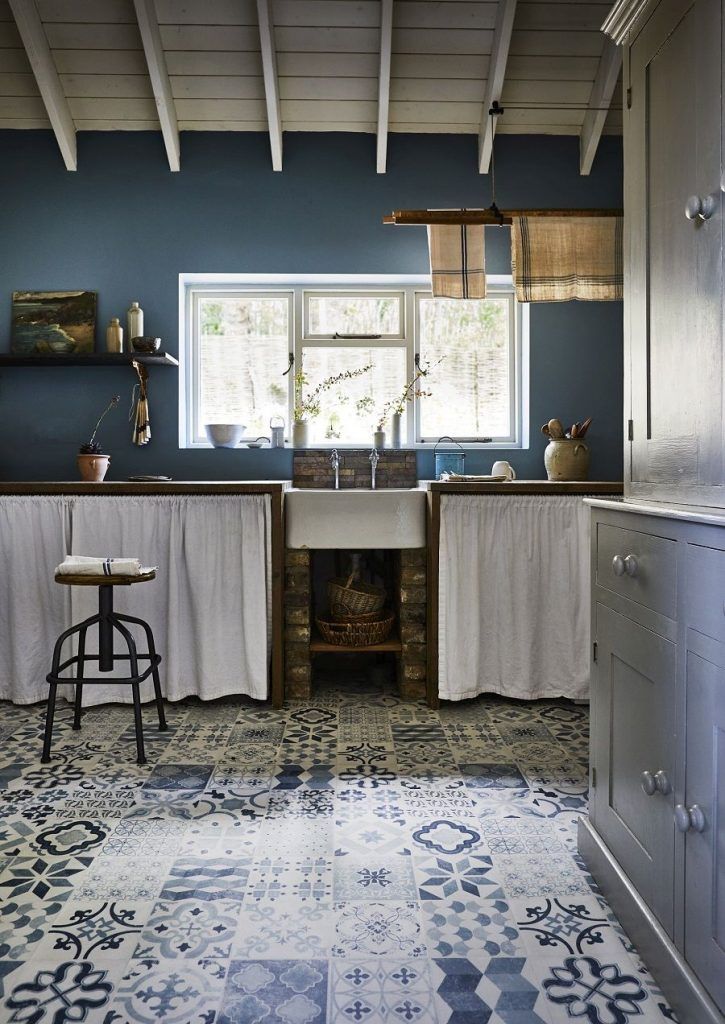 The aim is to save you time and money by helping you to make better floor buying decisions.”
The aim is to save you time and money by helping you to make better floor buying decisions.”
Kitchen Vinyl Pros and Cons
When it comes to redoing your kitchen floors, there's a wide variety of options to choose from. You want one that's durable but also pleasing to the eye. Vinyl flooring has become an increasingly popular floor choice for the kitchen for many reasons. But, like with any flooring material, there are pros and cons to be considered before moving forward, and we have them to help you out.
Hydro Vinyl 7" Waterproof Vinyl Plank in NiagaraPros of Vinyl Flooring in Your Kitchen
Durable and Long-Lasting: Vinyl is considered to be a highly durable flooring material, which makes it a great choice for kitchen flooring. It can take almost anything a normal to a chaotic household life can deliver. And if you normally take care of it, which is very simple and another advantage we'll get into, it will last you between 10 to 20 years.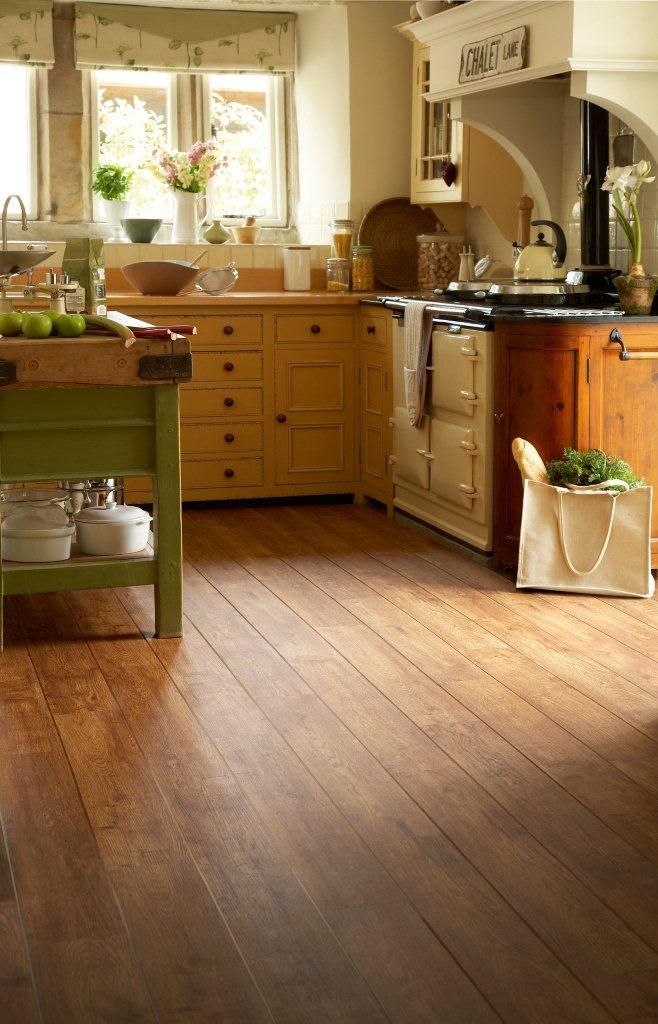
Water and Stain Resistant: One of the biggest draws of vinyl flooring for the kitchen is not just the durability, but its resistance to water and stains. These elements alone make vinyl an ideal flooring choice for highly active kitchens that have lots of spills from cooking and leaks from the dishwasher or refrigerator.
Affordability: One of the most inexpensive flooring options on the market, vinyl can approximate the look of pricier materials at a fraction of the cost. And like we mentioned before, it's a snap to clean, easy to patch if a spot gets damaged, and comfortable underfoot.
Easy to Clean and Maintain: As we mentioned before, vinyl flooring is easy to keep clean. Because it's water resistant, you don't need to worry about using water so, a simple mop or steam mop will do the trick. Also, vacuum the floor with a vacuum that's intended for hard surfaces for light touch ups.
Comfort: When in the kitchen, we're usually standing on our feet for long periods of time while cooking delicious meals.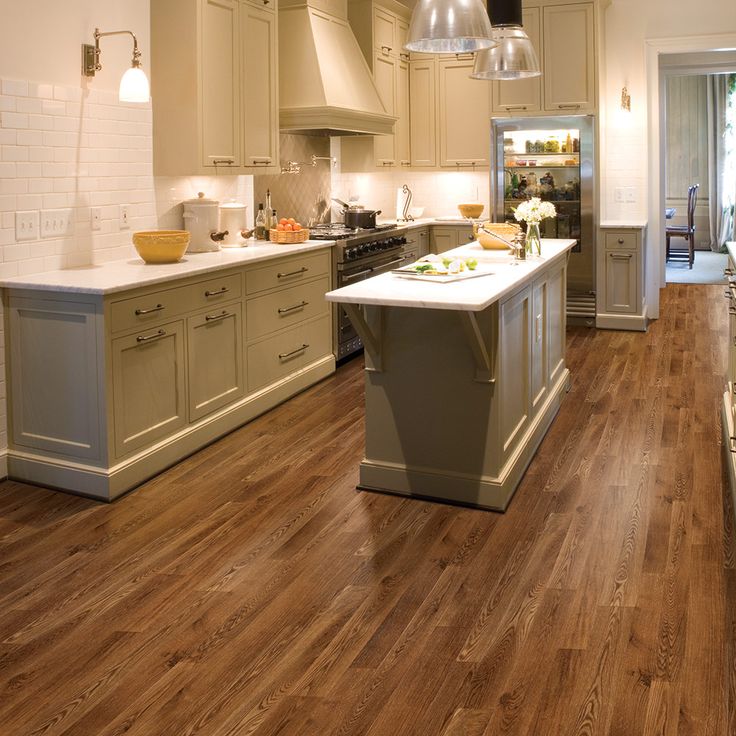 So, it's ideal to have a soft flooring to make it more comfortable to stand on, which is exactly what vinyl flooring is. Additionally, because of the soft surface, objects are less likely to break when dropped, which is good news for your glasses and mugs.
So, it's ideal to have a soft flooring to make it more comfortable to stand on, which is exactly what vinyl flooring is. Additionally, because of the soft surface, objects are less likely to break when dropped, which is good news for your glasses and mugs.
Design Options: Vinyl wasn't considered chic for a long time. But that's changed. Nowadays, it comes in a sophisticated range of designs and finishes. It's available in sheets or tiles that mimic stone, wood, ceramic tile, and most embossed with textures that look and feel surprisingly realistic.
Titan HD Plus Vinyl Plank in Modern OakCons of Kitchen Vinyl
While vinyl flooring is low maintenance and highly durable, as with any material, there are a couple of cons to be aware of.
Not Damage Resistant: While vinyl is incredibly durable, it's not impervious to damage. If sharp objects fall, like knives, they could leave dents, punctures or scars.
Not Environmentally Friendly: Vinyl flooring is not biodegradable and doesn't break down naturally into the environment.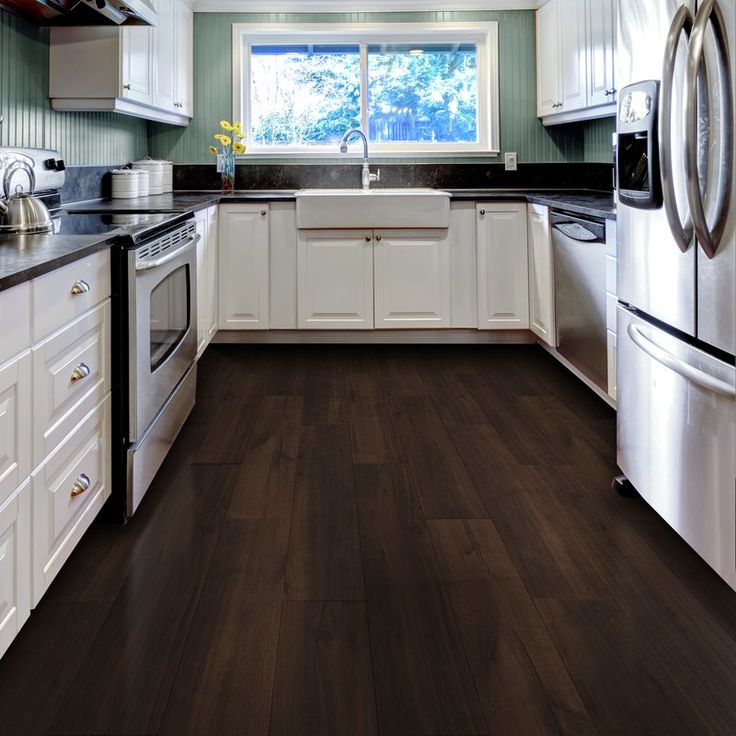 It's also difficult to recycle, which means that old vinyl floors often end up in landfills.
It's also difficult to recycle, which means that old vinyl floors often end up in landfills.
Now that you know all the pros and cons of vinyl flooring, you can now successfully make the decision of if it's the right flooring for your kitchen, which, in our opinion, it definitely is!
Quartz-vinyl for the kitchen - practical!
Are you planning a kitchen renovation and choosing flooring? This article will help you create a comfortable and practical interior at no extra cost!
In the kitchen, the flooring is subjected to various tests - dishes and food fall on it, liquids are spilled, chairs and tables are moved over it.
Kitchen flooring should be practical, beautiful and durable.
Today, one of the most modern and reliable flooring is quartz-vinyl, better known as PVC floor tiles.
It is popular due to its ecological composition, durability, 100% moisture resistance and affordability.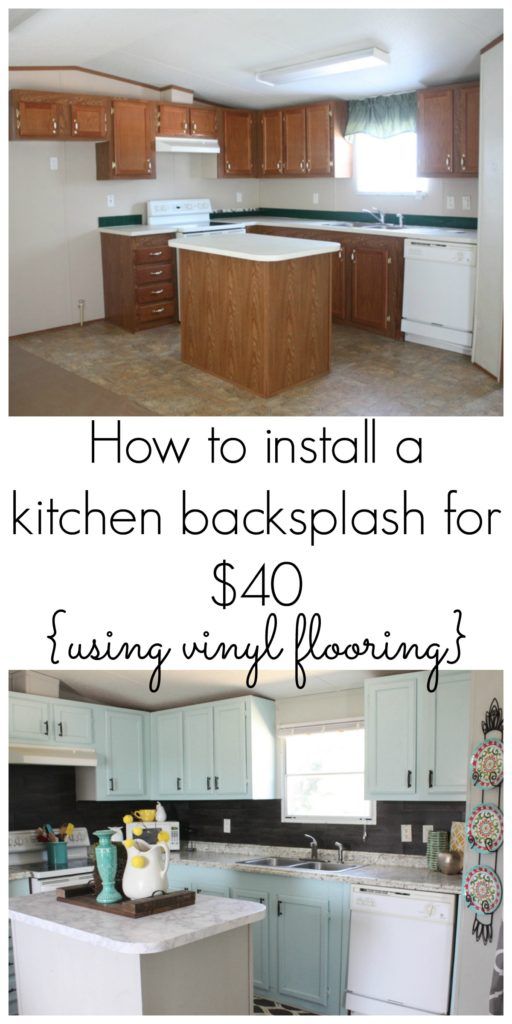 Thanks to this, quartz-vinyl can be used in private and commercial interiors.
Thanks to this, quartz-vinyl can be used in private and commercial interiors.
Why FineFloor Quartz Vinyl is perfect for your kitchen?
These are tiles that imitate very precisely any type of wood, natural or artificial stone and other surfaces. The structure is a multi-layer system, including a quartz-vinyl base, a decorative layer and a unique protective layer. Thanks to a combination of innovative technologies and properties, quartz-vinyl acquires the qualities most important for the kitchen:0005 100% water resistant
Accidentally spilled tea or soup, food or utensils that have fallen on the floor, splashes from the sink - these are the everyday life of a kitchen floor.
This is not dangerous for quartz-vinyl: spilled liquids do not penetrate through locks and joints, moisture is easily wiped off with a mop without damaging the floor covering, and fallen dishes will not leave any marks on the floor surface due to its high strength.
Easy to wash and clean
All housewives know: with the help of detergents, cleaning the kitchen will go faster and better. Fine Floor - the smooth surface is easy to remove dirt, and the most effective detergents containing alkalis and acids will return it to its original cleanliness without much effort on your part and without damaging its surface .
High strength
In many families, the kitchen is not only a place for cooking and eating, but also a gathering place for guests, family gatherings and romantic conversations "for life" until the morning. High resistance to abrasion and impacts from accidentally dropped objects, no dents from the legs of tables and chairs, resistance to scratches from the movement of furniture and appliances - the key to long-term operation and an unchanged decorative look of quartz-vinyl flooring Fine Floor.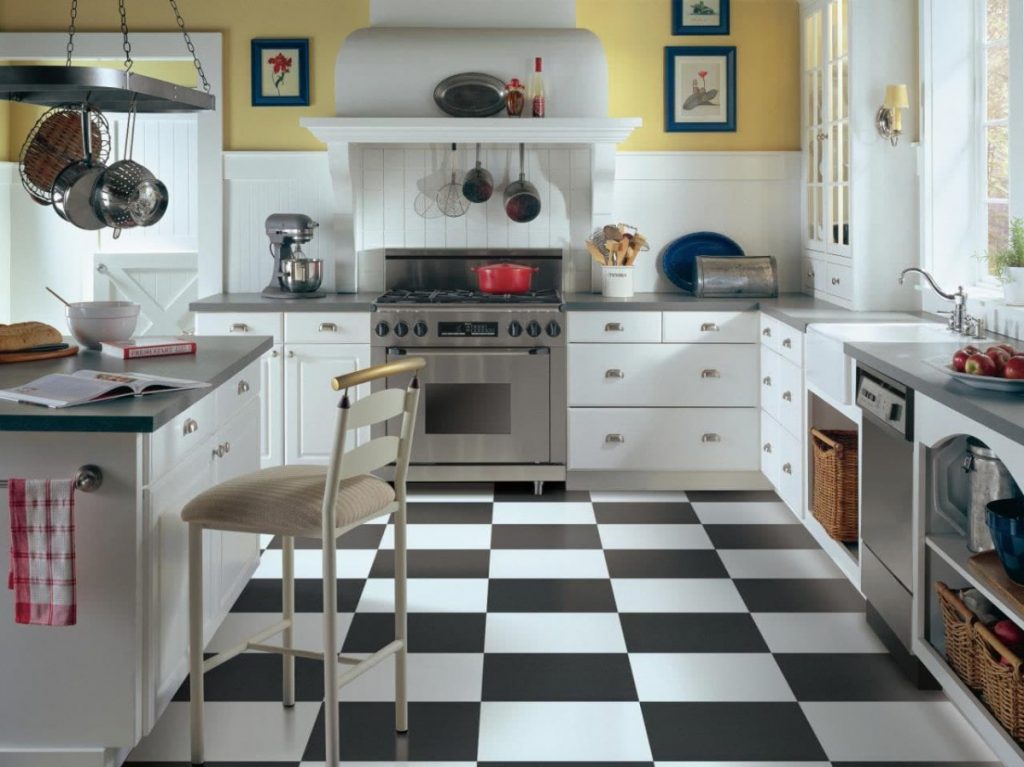
Easy installation
Quartz-vinyl tiles are easy to lay on your own - this does not require special equipment, however, knowledge and skills are required. Specialists Fine Floor are happy to share their knowledge and experience in training videos. Just press the button and see how easy it is to install quartz vinyl yourself!
We are always happy to answer your questions about installation or help with the choice of quartz-vinyl!
Decorative options
The variety of decors and the flexibility of the material allow you to create an unusual pattern not only on the floor (see examples of unusual laying here), but also on the walls. It is practical, stylish and very unusual!
Underfloor heating compatibility
PVC tiles are perfectly combined with floor heating systems, as they easily withstand temperature changes. In addition, quartz-vinyl is pleasant to the touch and has thermal comfort even without a “warm floor” system.
In addition, quartz-vinyl is pleasant to the touch and has thermal comfort even without a “warm floor” system.
A good level of sound absorption, antibacterial properties, the ability to combine colors and textures like wood and stone - here are a few additional factors in favor of choosing quartz-vinyl tiles that make your stay in the kitchen more comfortable.
MANDATORY:
- choose your kitchen flooring in our catalogue;
- join our VKontakte group to learn more about FineFloor quartz-vinyl tiles;
- Find your nearest FineFloor floor tile store.
- ask questions online consultant;
- write to us by e-mail
Quartz-vinyl kitchen
The kitchen is one of the most difficult areas in the house to use flooring. While we are preparing food or washing dishes, having dinner with the whole family or feeding small children, moisture and stains appear on the floor. Natural wood flooring absorbs liquid, swells and deteriorates.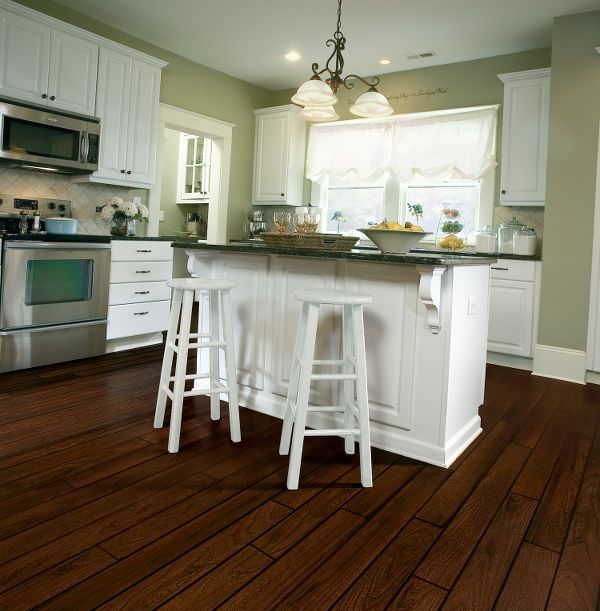 Tiles and porcelain tiles become slippery and traumatic. And this is only a small part of the possible problems.
Tiles and porcelain tiles become slippery and traumatic. And this is only a small part of the possible problems.
Can quartz vinyl provide a high degree of safety and comfort in the kitchen? Let's figure it out.
Basic requirements for flooring in the kitchen
Flooring in the kitchen must withstand severe mechanical stress, not let in or absorb moisture, and be easy to clean
Taking into account the peculiarities of the operation of this room, the main requirements include:
- Moisture resistance.
- Security.
- Strength.
- Tactile comfort.
- Easy maintenance.
To what extent does the quartz-vinyl tile meet the stated requirements?
Moisture resistance
One of the key advantages of quartz-vinyl for the kitchen is absolute moisture resistance.
Quartz-vinyl is a multi-layer floor covering, and none of its layers contains substances that change with moisture. So water can be poured onto such a floor even in buckets without any sad consequences for the material.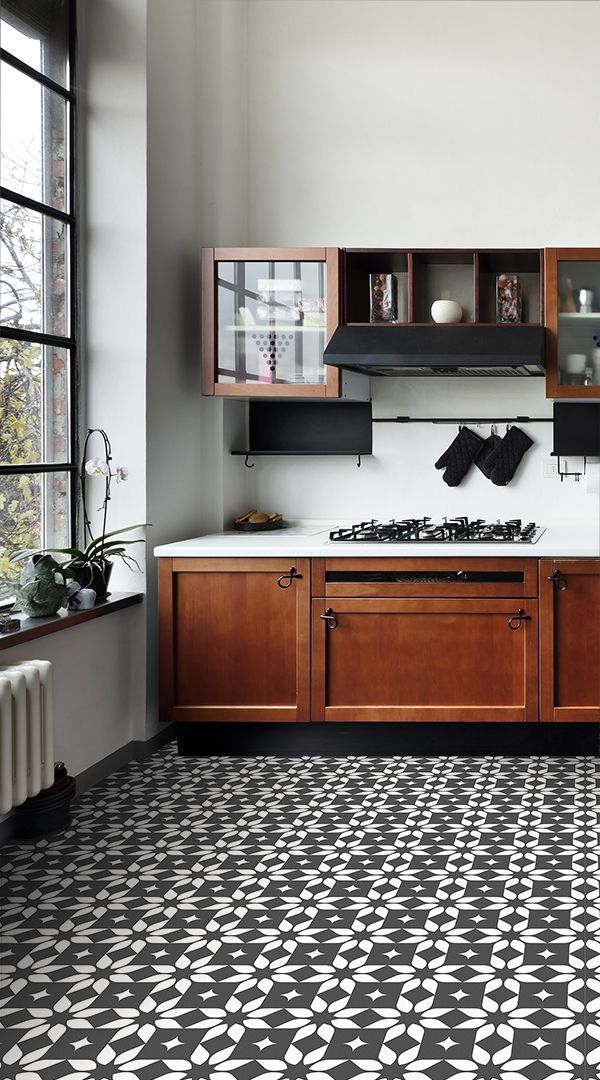 Moreover, testing has proven that quartz-vinyl tiles can withstand full immersion in water for 2 days.
Moreover, testing has proven that quartz-vinyl tiles can withstand full immersion in water for 2 days.
In this regard, the adhesive type of coating, in which the adhesive layer provides additional waterproofing, will become especially reliable. In addition, moisture will not be absorbed into the tile itself. Nothing will happen to quartz-vinyl even if you spill hot soup on it.
Safety
With quartz vinyl, you won't need to warn guests that your kitchen floor is too slippery. The problem situation is easy to imagine. Again, after washing the dishes, you forgot to wipe the water left on the floor. And then you yourself or someone from your family did not notice the puddle, slipped on it and ... dislocation, fracture, emergency room.
Of course, smooth flooring can be protected by applying anti-slip agents such as a special transparent tape or compound. But why the extra costs if you can use quartz-vinyl tiles.
This coating has a slip resistance index of R10.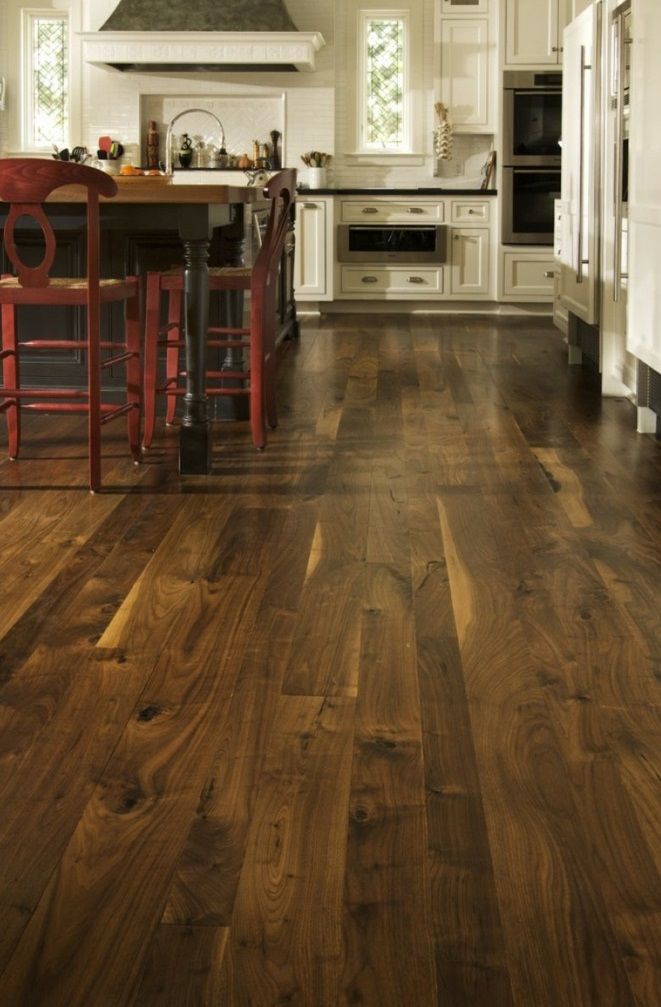 Surfaces with this characteristic are used in the halls of cafes and restaurants, locker rooms in swimming pools and sports centers, and even for street entrances. So the presence of quartz-vinyl on the kitchen floor reduces the risk of injury to zero.
Surfaces with this characteristic are used in the halls of cafes and restaurants, locker rooms in swimming pools and sports centers, and even for street entrances. So the presence of quartz-vinyl on the kitchen floor reduces the risk of injury to zero.
By the way, the FineFloor Gear collection with slip resistance R11 has recently been added to the Fine Floor product range. Such tiles can be laid not only in the kitchen, but also in rooms with a constant accumulation of water - around pools, on street steps and areas with high traffic.
Durability
You can crack nuts on a quartz-vinyl floor - the coating will not be damaged. You can make them less noticeable with the help of mastic and polishes. The drawing will remain intact, because it is reliably protected from above by two layers. It is also not afraid of covering and falling heavy pans, pots or cutting boards. It will not be covered with cracks, as it would happen with a tile.
It's all about the combination of strength and elasticity of quartz-vinyl.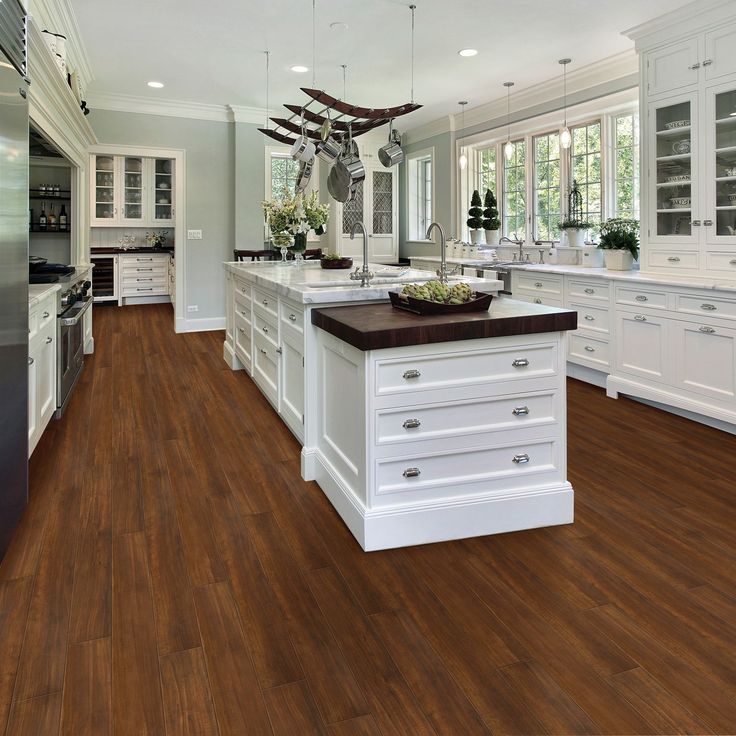 The structure of the tile uses a plastic vinyl base and two layers of reinforcing fiberglass.
The structure of the tile uses a plastic vinyl base and two layers of reinforcing fiberglass.
Tactile comfort
Feature of quartz-vinyl - low coefficient of thermal conductivity due to the content of natural quartz in the structure of the tile. In a matter of minutes, the coating acquires the temperature of the air in the kitchen, as if you had laid a natural wood floor. This is especially noticeable if you bake something in the oven, which gives a temperature increase of 7-8 degrees. In this case, the coating will be as tactilely pleasant and comfortable as the "warm floor".
Caring for quartz-vinyl in the kitchen
Even a child can clean quartz-vinyl flooring
Products with natural dyes, such as beets or turmeric, leave hard-to-remove marks on the floor. It is especially problematic to remove them from a natural coating that absorbs liquids. But with quartz-vinyl, beetroot juice or curry sauce can be easily removed with a damp sponge.
Quartz-Vinyl is one of the easy-care coatings.:max_bytes(150000):strip_icc()/28-56a2fc755f9b58b7d0cffd69.jpg) Depending on the degree of contamination, choose any cleaning - wet or dry with a vacuum cleaner. We also recommend using professional detergents, such as Forbo 888.
Depending on the degree of contamination, choose any cleaning - wet or dry with a vacuum cleaner. We also recommend using professional detergents, such as Forbo 888.
Quartz-vinyl stains are best removed while they are still fresh, using an alkaline cleaner such as Forbo 891 or an alcohol cleaner. Follow the simple rules:
- Soften the solid constituents of stains with water.
- Liquid - Absorb with a clean cloth or paper tissue.
- After softening or absorbing, wipe the stain with a damp cloth or sponge and detergent. You don't need to put in much effort here.
- Let the stain dry and remove it completely with a damp cloth.
Important!
For quartz-vinyl do not use abrasive, chlorine and chlorine-containing substances, as well as acetone and solvents based on it.
Quartz Vinyl meets all requirements for kitchen flooring. It is not afraid of moisture and heavy loads. Provides a high level of comfort, safety and gives a pleasant tactile sensation.